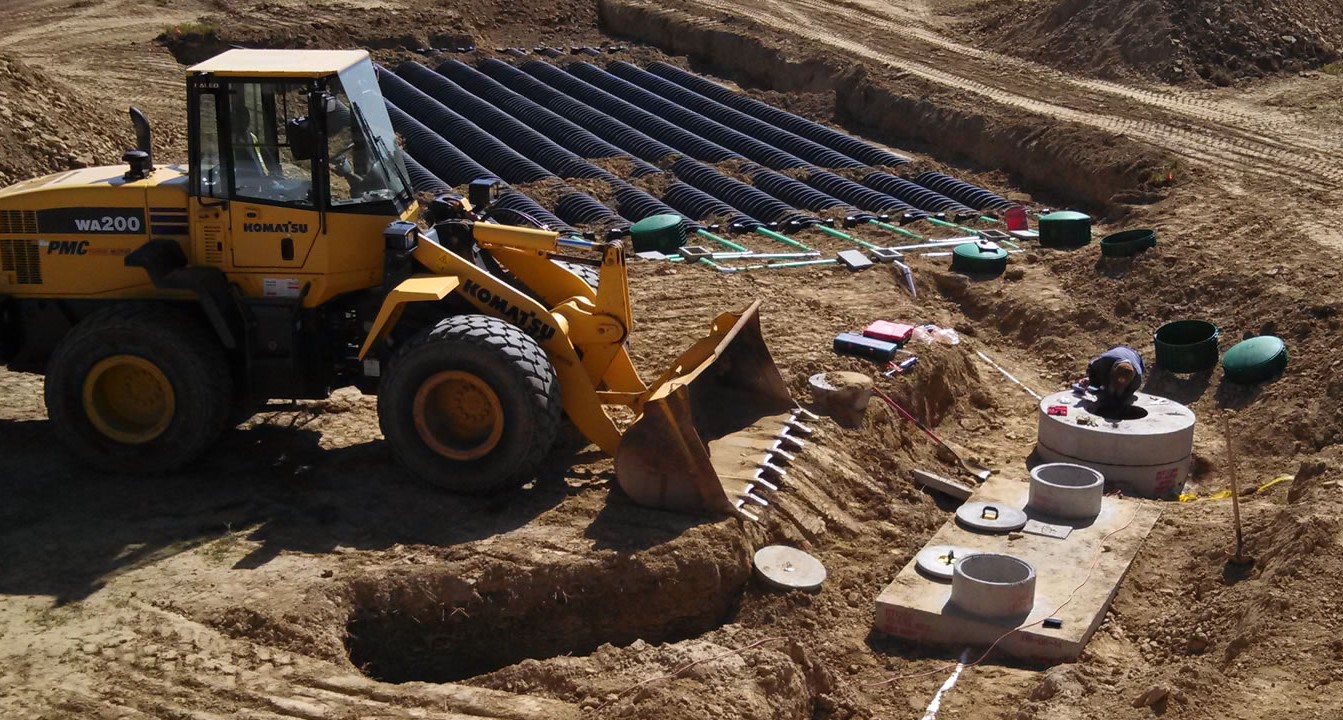
Septic tanks are an essential part of many homes and businesses, providing a reliable and efficient way to manage wastewater. Understanding the components of a septic tank is crucial for proper maintenance, including septic tank pumping and septic tank repair. Let's take a closer look at the key components of a septic tank system.
The septic tank is the main component of the system, typically made of concrete, fiberglass, or plastic. It is buried underground and designed to collect and store wastewater from toilets, sinks, showers, and other household or commercial sources. The septic tank holds the wastewater long enough for solids to settle to the bottom, forming a layer of sludge, while oils and lighter solids float to the top, forming a layer of scum.
The septic tank has two main pipes - the inlet pipe and the outlet pipe. The inlet pipe allows wastewater to enter the tank from the building's plumbing system, while the outlet pipe allows the treated effluent to flow out of the tank and into the drain field or leach field.
The septic tank may also have a baffle or tee installed at the inlet and outlet pipes. These components are designed to prevent the scum layer and solid sludge from flowing out of the tank and into the drain field, which can cause clogging and damage to the system.
Drain Field/Leach Field: The drain field or leach field is the area where the treated effluent from the septic tank is dispersed into the soil for further treatment and disposal. It consists of a network of perforated pipes buried in gravel-filled trenches or beds. The effluent is distributed evenly across the drain field, allowing it to percolate through the soil, where it is naturally filtered and treated by beneficial bacteria before it reaches the groundwater.
The soil is a crucial component of the septic system, as it acts as a natural filter that removes harmful bacteria, viruses, and other contaminants from the effluent. The type and quality of soil in the drain field area play a critical role in the overall performance and longevity of the septic system.
The septic tank may also have a vent pipe that extends above the roofline of the building. The vent pipe allows gases and odors to escape from the septic tank, preventing pressure buildup and maintaining proper airflow within the system.
Some septic tanks may also have an effluent filter installed at the outlet pipe. The effluent filter helps prevent solids and scum from entering the drain field, reducing the risk of clogging and extending the lifespan of the system.
Proper maintenance of the septic tank system is essential to ensure its optimal performance and prevent costly repairs. Regular septic tank pumping is a critical maintenance task that should be carried out by a professional septic company. Septic tank pumping involves removing the accumulated sludge and scum from the tank, preventing them from overflowing into the drain field and causing blockages.
In addition to septic tank pumping in Roswell, septic companies also provide other services, such as septic tank repair. Septic tank repairs may include fixing leaks, repairing or replacing damaged pipes, replacing faulty components, or addressing issues with the drain field. Timely repairs can prevent further damage to the system and ensure its efficient operation. If you are in need of professional help for your septic system, contact Rooter Septic Services, we’ll be happy to help repair the issue.